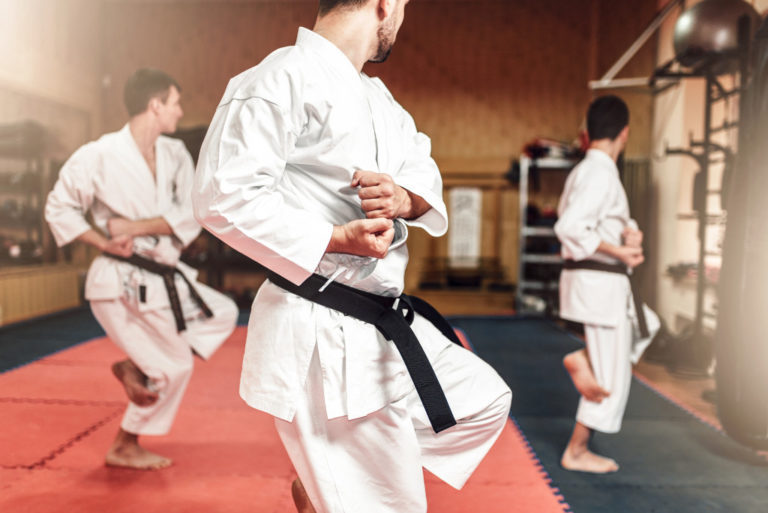Are you ready to take your model railway to the next level? One of the most captivating aspects of model railroading is the opportunity to create lifelike landscapes that transport viewers into miniature worlds of wonder. Whether you’re a seasoned hobbyist or just starting out, mastering the art of landscape modeling can greatly enhance the realism and visual appeal of your layout.
In this comprehensive guide, we’ll explore step-by-step techniques for transforming your model railway with breathtaking landscapes that capture the essence of the natural world.
1. Crafting Terrain with Polystyrene Blocks:
Polystyrene blocks serve as an excellent starting point for creating diverse terrain on your model railway layout. These lightweight blocks are easy to manipulate, allowing you to sculpt hills, valleys, and rocky outcrops with precision.
Consider the natural landscape you wish to emulate and strategically place the blocks to reflect the topography of your chosen scene. Experiment with different arrangements to achieve the desired elevations and contours, keeping in mind the overall aesthetic of your layout.
2. Shaping and Sculpting:
Once the polystyrene blocks are in place, it’s time to unleash your creativity and bring your landscape to life. Using a knife or small saw, carefully carve the blocks to create slopes, ridges, and other natural features. Pay attention to details such as the angle of incline and the flow of terrain, as these subtle nuances contribute to the realism of your layout. Don’t be afraid to experiment with different carving techniques to achieve the desired texture and appearance.
3. Gluing and Securing:
Securing the polystyrene blocks in place is crucial to ensuring a stable foundation for your landscape. Choose a strong adhesive such as spray glue or super glue to bond the blocks to the baseboard securely. Apply the adhesive to the underside of each block and carefully position it on the layout, taking care to align it with neighboring blocks for a seamless transition. Use weights or clamps to hold the blocks in place while the glue sets, allowing ample time for a strong bond to form.
4. Covering with Mod Roc:
Mod roc, or plaster bandage, provides a durable surface for detailing and adds realism to your landscape. Cut the mod roc into strips and soak them in water before applying them to the terrain. Layer the strips to cover the polystyrene blocks completely, smoothing out any wrinkles or air bubbles as you go. The mod roc will harden as it dries, providing a solid foundation for further detailing and scenery work.
5. Filling Gaps and Fine-Tuning:
After the mod roc has dried, you may notice gaps or rough areas that require attention. Modeling compound, such as sculptor mold, is ideal for filling in gaps and smoothing out uneven surfaces. Apply small amounts of modeling compound with your fingers, blending it seamlessly with the surrounding terrain to create a cohesive landscape. Take your time during this step, as meticulous attention to detail will enhance the overall realism of your layout.
6. Embrace Creativity and Personalization:
Throughout the landscape modeling process, embrace your creativity and personalize your layout to reflect your unique vision. Experiment with different techniques, materials, and textures to achieve the desired look and feel. To find the supplies to turn your imagination into reality, you may explore craft stores. Specialty shops like WWScenics cater specifically to model railway enthusiasts, and they often carry a comprehensive selection of landscape modeling supplies.
Whether you’re recreating a specific location or inventing a fantastical world of your own imagination, let your creativity guide you every step of the way. Remember that there are no strict rules in model railway landscaping—only endless possibilities waiting to be explored.
Bonus Tip: Visit Model Railway Exhibitions and Clubs:
Attend model railway exhibitions and join local railway clubs to connect with fellow enthusiasts and gain inspiration for your layout. These events often feature impressive layouts showcasing a wide range of landscaping techniques and styles. Engage with other hobbyists, ask questions, and observe different approaches to landscaping. You may discover new ideas, techniques, and sources of inspiration that can elevate your own layout to new heights. Plus, being part of a community of like-minded individuals can provide valuable support, encouragement, and camaraderie throughout your model railway journey.
In a Nutshell
Transforming your model railway with realistic landscapes is a rewarding journey that adds depth, character, and visual interest to your layout. By following the step-by-step techniques outlined in this guide, you’ll be well on your way to creating immersive miniature worlds that captivate viewers and inspire awe. Getting into landscape modeling is sure to be a thrilling ride!
.














